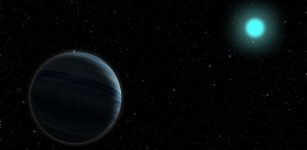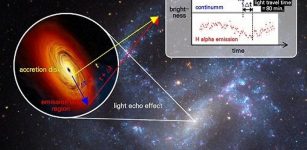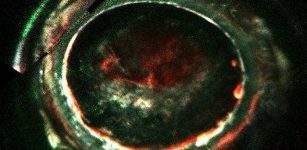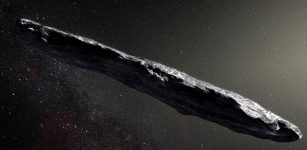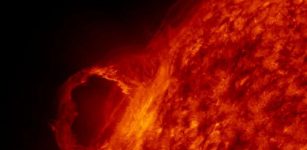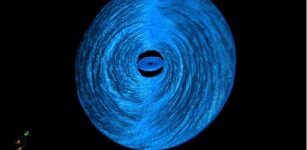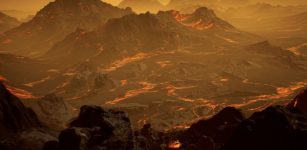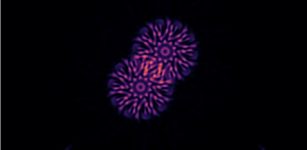‘Green Pea’ Galaxy Gives An Insight Into Early Universe Evolution
MessageToEagle.com – About 13 billion years ago, the universe began to heat up and it was so hot and dense that matter was ionized instead of being in a neutral form. But 380,000 years later, the expansion of the universe had cooled it enough for matter to become neutral and for the first structures of the universe to form – gas clouds of hydrogen and helium.
Gravity then made these gas clouds grow in mass and collapse to form the first stars and galaxies. Then, about one billion years after the Big Bang, another important transformation occurred: the universe reheated, and hydrogen – the most abundant element – became ionized for a second time, as it had shortly after the Big Bang, an event which astronomers call “cosmic re-ionization.”
For now, how this happened is still debated.
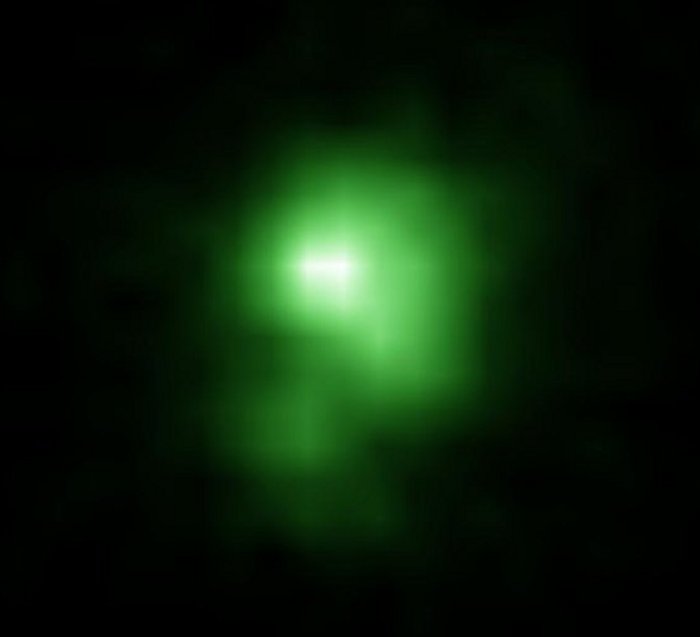
A new study conducted by an international team of scientists organized by University of Virginia astronomer Trinh Thuan in the United States, indicates that dwarf galaxies – so-called green peas, low-mass compact galaxies with very active star formation – were responsible for the process.
Astronomers have long thought that galaxies were responsible for this transformation but despite 20 years of searching, no galaxy could be detcted that was emitting sufficient amounts of ionized radiation.
Finally, astronomers decided to target the “green pea” galaxies discovered in 2007. They examined data from the Sloan Digital Sky Survey – a database of more than a million galaxies. From this survey, they identified approximately 5,000 galaxies that match their criteria: very compact galaxies emitting very intense UV radiation. Researchers selected five galaxies for observation with the Hubble Space Telescope.
Using data from an ultraviolet spectrometer aboard the Hubble Space Telescope, the team discovered a nearby compact dwarf galaxy J0925+1403, located at a distance of three billion light-years from Earth and emitting a large number of ionizing photons into the intergalactic medium, or the space between galaxies. Scientists believe those photons are responsible for the universe’s re-ionization.
“This galaxy appears to be an excellent local analog of the numerous dwarf galaxies thought to be responsible for the reionization of the early universe,” Trinh said.
“The finding is significant because it gives us a good place to look for probing the reionization phenomenon, which took place early in the formation of the universe that became the universe we have today.”
“As we make additional observations using Hubble, we expect to gain a much better understanding of the way photons are ejected from this type of galaxy, and the specific galaxy types driving cosmic reionization.”
Future observations will made with the successor of Hubble, the James Webb Space Telescope, planned for launch in 2018.
The research was published in Nature.
MessageToEagle.com
source: University of Virginia


